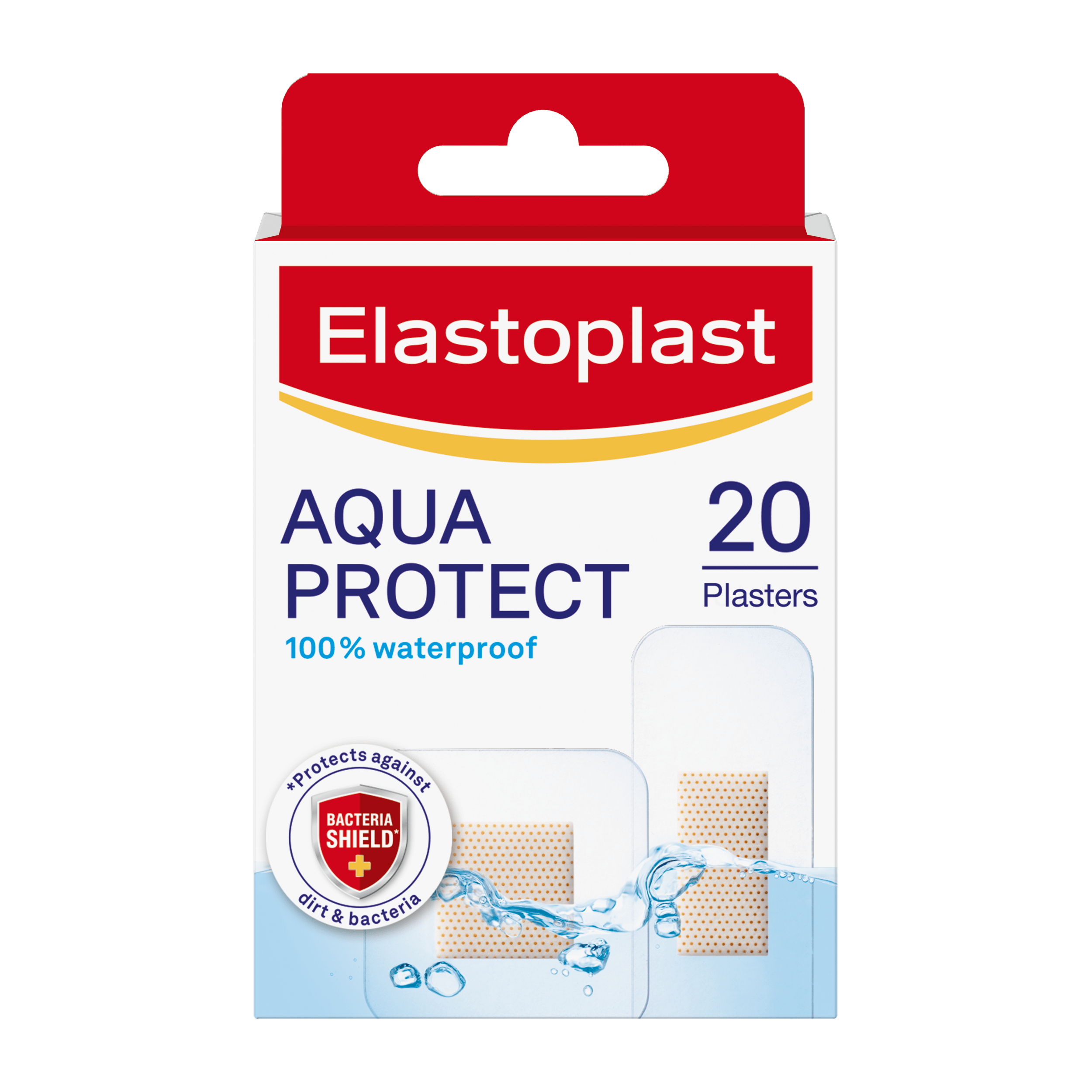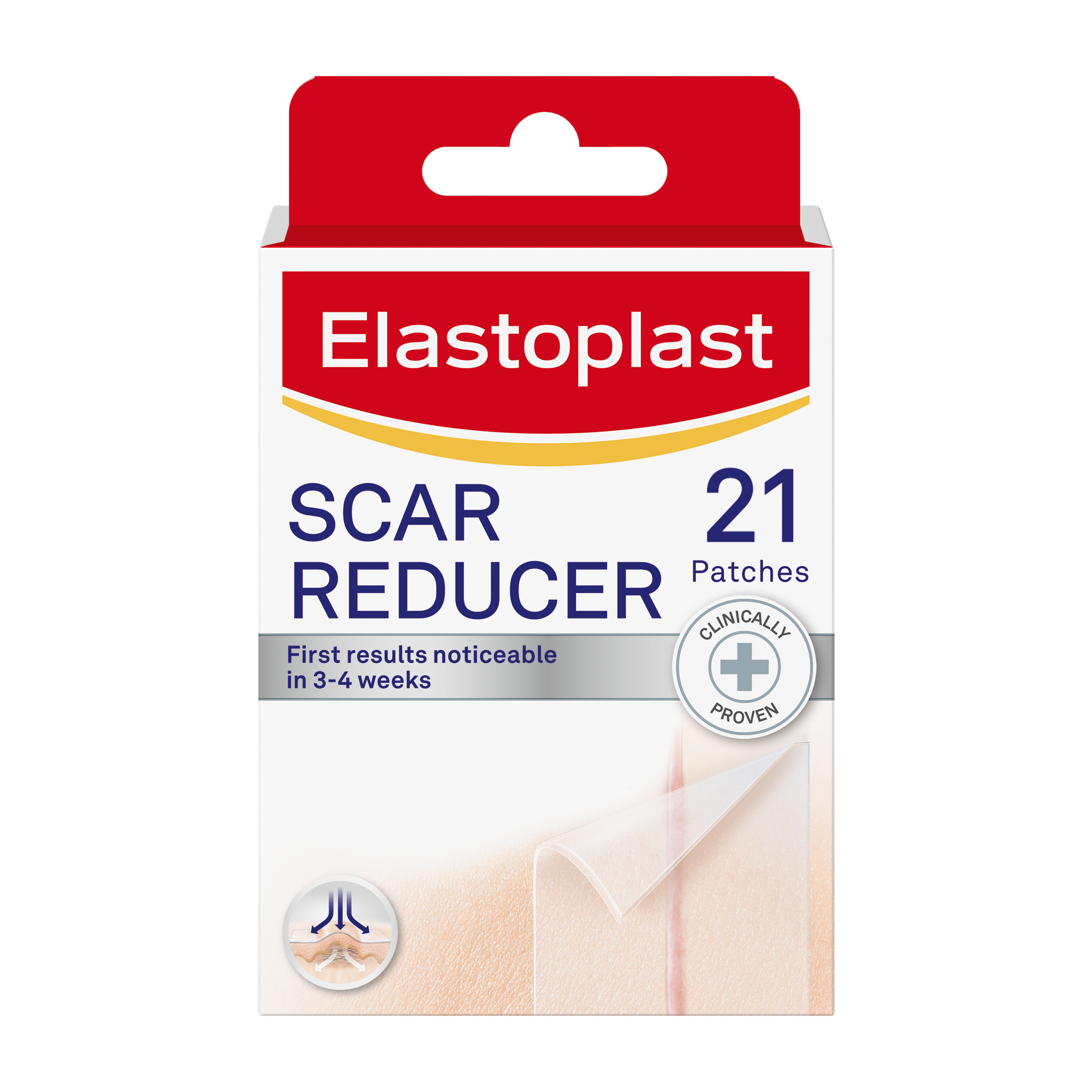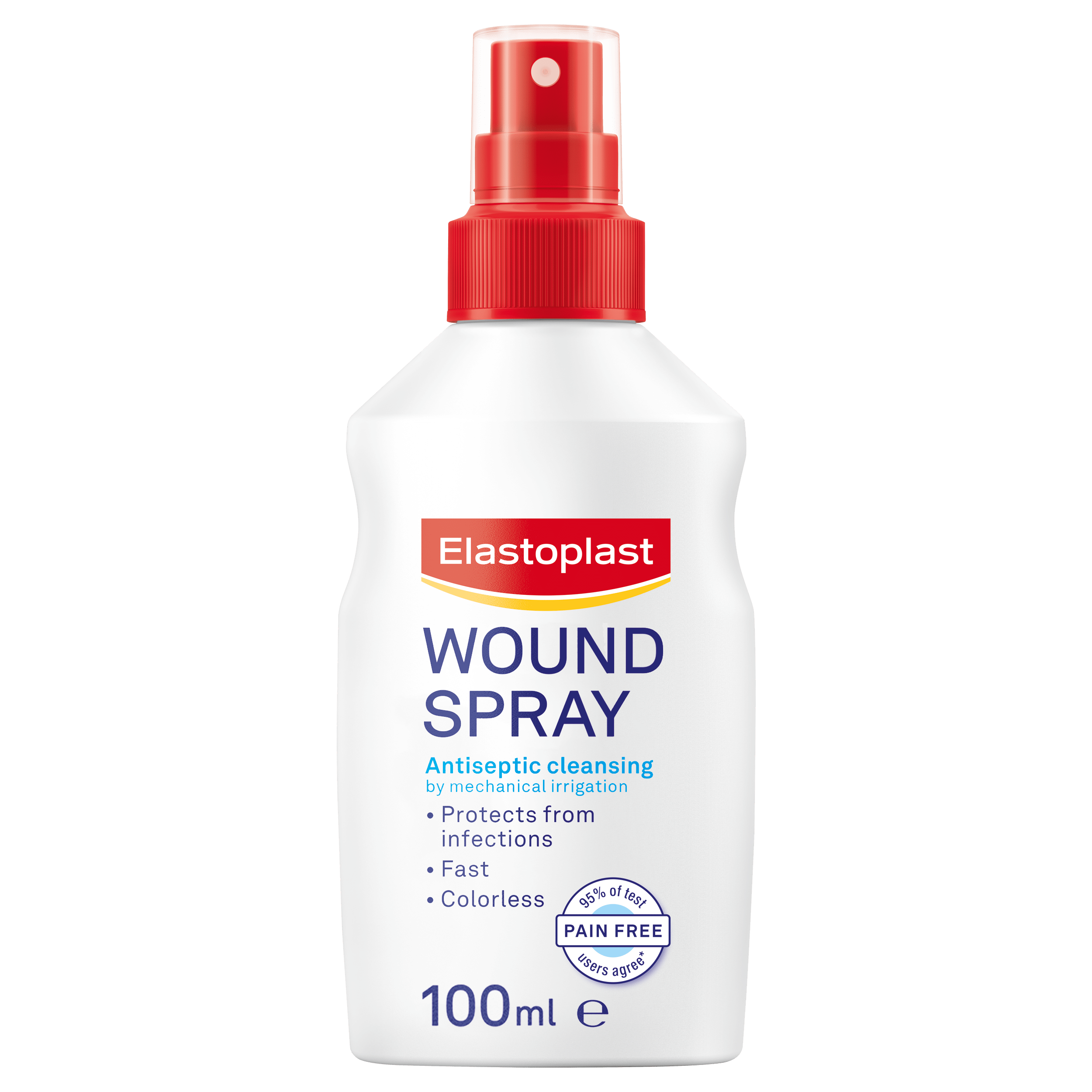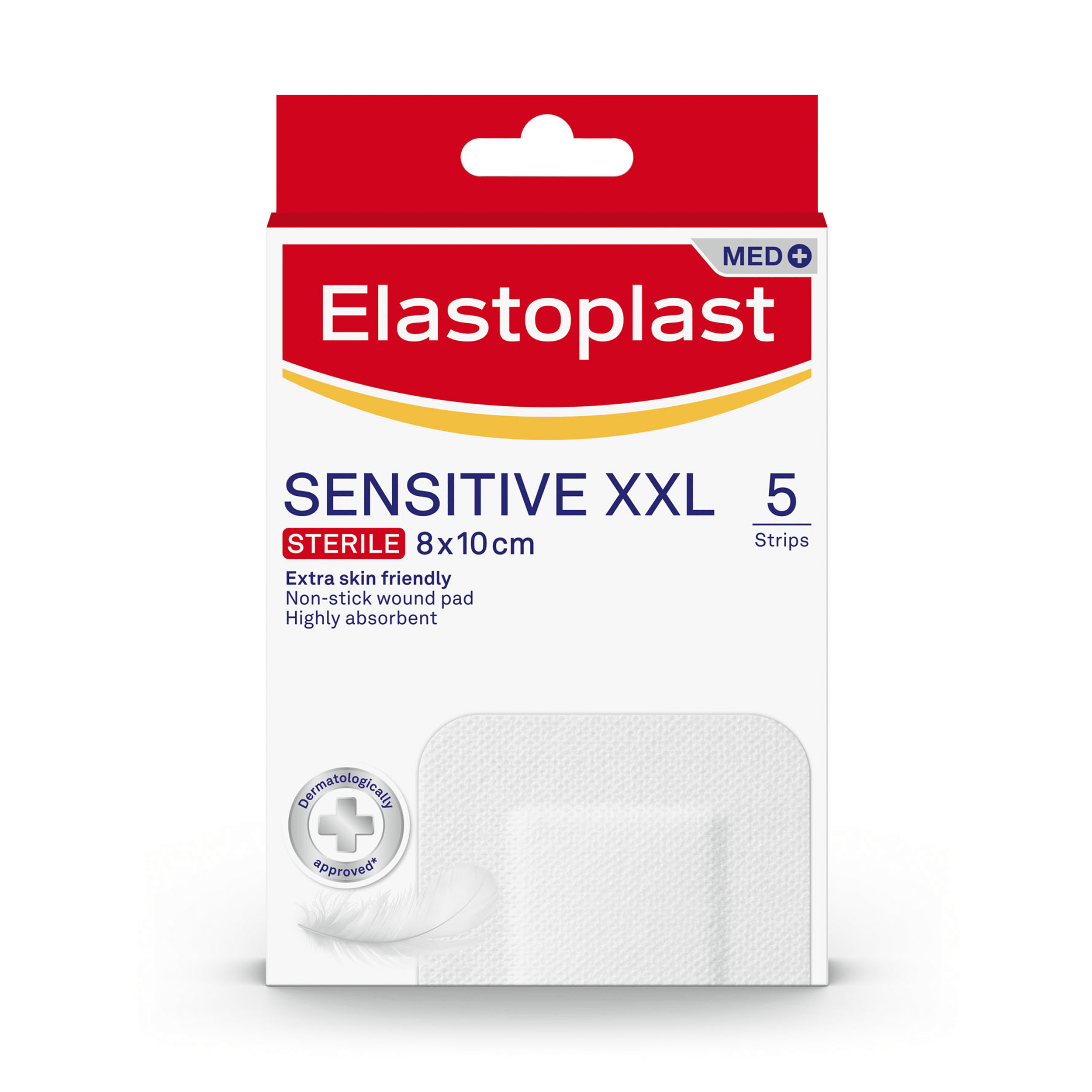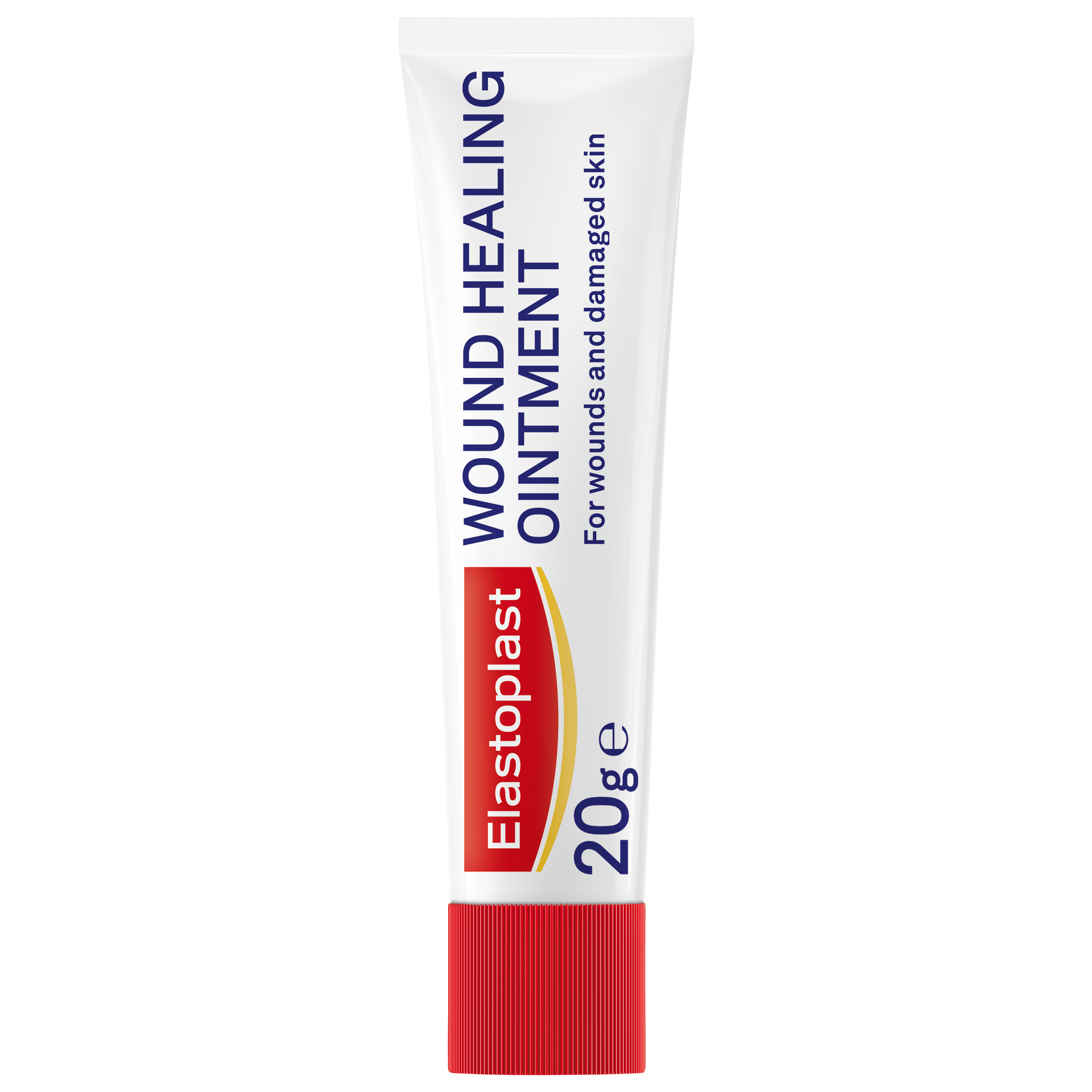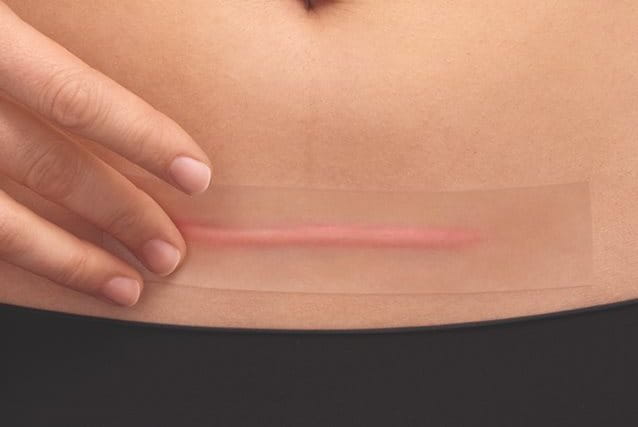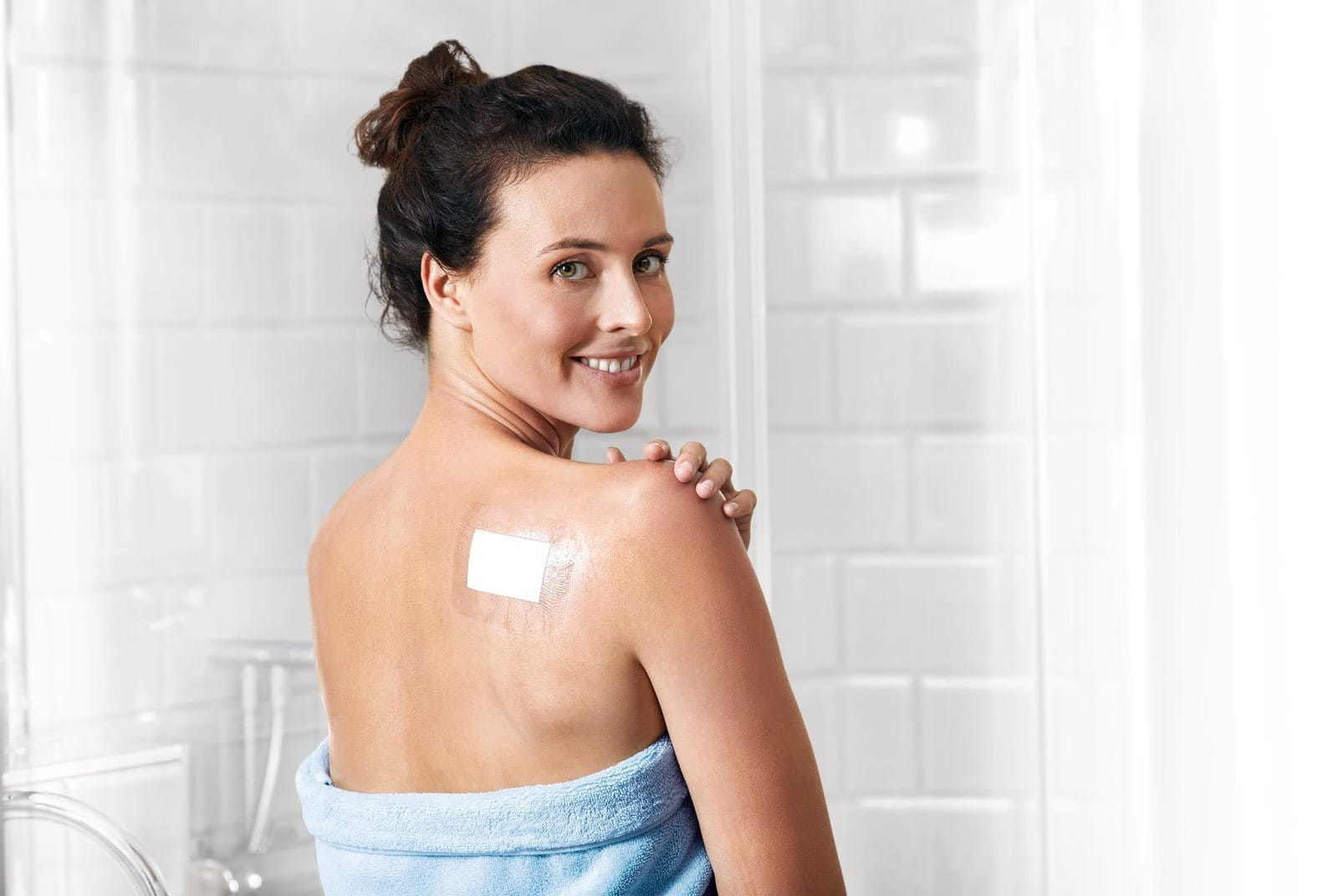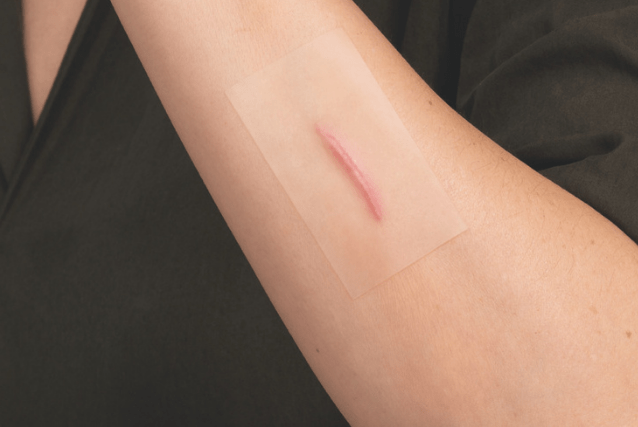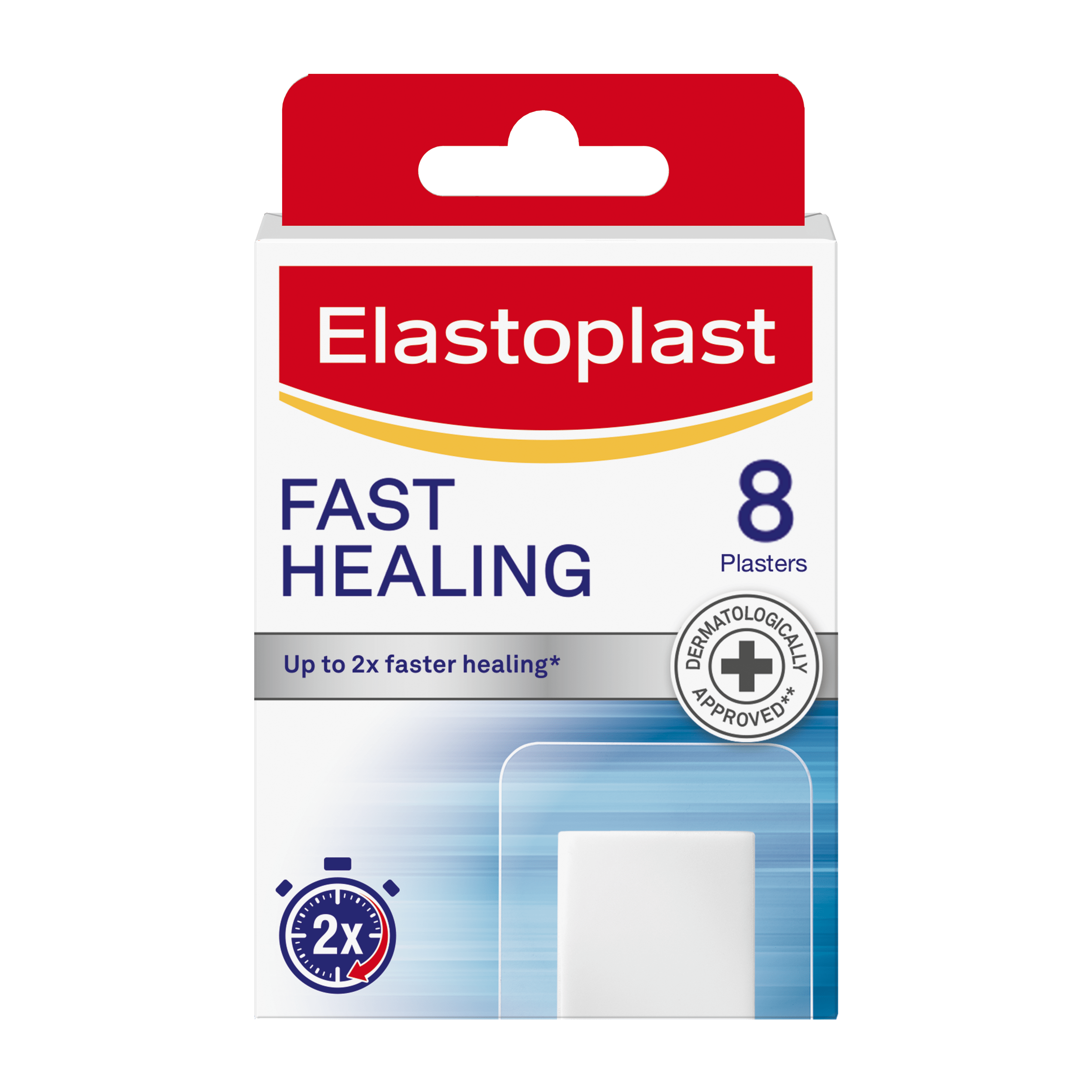Most people have experienced scarring, whether it be following surgery or a household accident. It is a natural part of the healing process and more common in wounds that aren’t clean cut or get infected. Only cuts that do not affect the dermis can heal and fade completely. Though scars leave a permanent mark, there are ways to manage and reduce this scarring.
What causes scarring?
Scarring occurs when the skin’s highly specialised tissue is destroyed and must ‘bind’ the broken skin together using fibrous connective collagen. Scars can take years to reach their final appearance as the body directs collagen to the operation site, which changes the size and shape of the scar over time.
Types of scars
There are three main types of scarring which relate to how it sits on the skin:
- Atrophic scar: characterised by recesses or pits in the skin, appearing serrated or flat against the upper layer of the skin.
- Hypertrophic scar: usually appears red or raised and can be itchy. Hypertrophic scarring is a result of excess collagen caused by a dysregulated healing process.
- Keloid scar: This scarring also appears red and raised due to excess collagen however these scars extend beyond the original wound area. Keloid scarring can affect quality of life as people are often bothered by their appearance.
Both keloid and hypertrophic scarring represent inadequate healing and should be monitored. Keloid scarring is more rare and severe, whilst hypertrophic scarring can respond to early steroid treatment and sometimes fade on its own.
What factors influence scar healing?
Many factors can influence the final appearance of your surgical scar or whether you develop a keloid or hypertrophic scar. Older people tend to have lower collagen levels which can make the healing process harder, whilst people with darker skin or red hair are at higher risk of keloid scarring.
Some of the main risk factors of scarring include:
- Age
- Baseline health and medical history
- Location of scar
- Ethnicity
How to prevent scarring
Scars are formed in the last phase of wound healing, and the scar's appearance will depend on how successfully the wound has healed. To reduce the risk of unsightly scars and ensure a safe and fast healing, it is recommended to follow some basic wound care principles:
- Wound cleansing: As infections may increase the risk of abnormal scarring, always make sure that the wound is properly cleansed from particles, dirt and bacteria. Use the Elastoplast Wound Spray to cleanse the wound quickly and easily.
- Wound protection: Make sure the wound is covered with an appropriate plaster or sterile wound dressing from Elastoplast. This will protect the wound from germs and bacteria which might enter the wound, delay wound healing and possibly cause wound infection.
- Moist wound healing: To reduce the risk of scarring and support faster wound healing, experts recommend moist healing conditions. Apply the Elastoplast Wound Healing Ointment to create optimal healing conditions and support fast wound healing with reduced risk of scarring.
Tips to prevent scars from forming
- Protect wounds and newly formed scars from the sun rays.
- Do not expose wounds and newly formed scars to extreme temperatures.
- Avoid exercises or activities that cause tension to the scar tissue.
- Only have stitches removed when suitable, because taking them out too early or delaying the process can interfere with wound healing.
Do stitches cause scarring?
Scarring after having stitches is unavoidable, however it can improve slowly over time with proper care. Up to the first year, you can expect to have pink or red scarring where your wound was stitched up, but this will eventually fade to a similar colour to the surrounding skin.
The different texture of this scar tissue will cause the wound to still be noticeable, but it will be much more subtle than the initial healing process.
Stages of post operative scar healing
Understanding and identifying the different stages of the healing process will help you manage your surgical scar and help it heal as well as it can. It will also help you decipher between warning signs of infection and what is part of the normal scar journey.
- Stage 1: Haemostasis this process will occur whilst you are under anaesthetic and describes the natural clotting of the wound to stop the bleeding.
- Stage 2: Inflammation this stage is characterised by increased pain, heat and redness around the surgical wound. Cells are being sent to the site to repair the wound and this phase can persist for around 4 days.
- Stage 3: Proliferation from days 4-21 the wound will contract to bring the skin to a close.
- Stage 4: Remodelling After 21 days the deeper structures form. This phase can last several years and is important for determining the final severity of the scar.
Learn more about stages of wound healing.
How long do scars take to heal?
Following an operation, your surgical scar will continue to experience changes for around a year until it reaches maturity. Knowing these stages can help you know how to care for your scar properly to help it heal optimally.
- Around 2 weeks: your post-operative scar will be considered ‘closed’
- 4-6 weeks: your scar will strengthen as it heels then at 6 weeks it should reach maximum strength. You’ll want to avoid massaging it or doing anything which could risk reopening the surgical wound before this strength is reached.
- 6-9 months: in this period your scar will be uncovered and sensitive to the sun so it is advised to use a high-protection SPF.
- 9-12 months: this is how long it usually takes for the scar to fully mature and reach its final shape. When it reaches this point, it will appear flatter and more pale.
How do you help scars heal faster?
There are some ways you can help post-operative scarring heal faster
- Infections can delay the healing process so insure to keep your surgical wound clean and follow the recommended aftercare from your surgeon.
- Keep the wound moist and covered using petroleum jelly and appropriate dressing.
- Protect your surgical wound from the sun by covering it before it’s healed and then by applying sunscreen once healed. This will prevent tanning around the wound which would make it stand out more.
- Regular massaging helps to flatten the scar and soften the tissue to make it fade more over time. Ensure your scar is safely closed as advised by your doctor (usually at 2-3 weeks) before starting to massage it as you don’t want to risk weakening the opening.
Abdominal adhesions
They are bands of tissue that form between organs or the abdominal wall. Though they are fairly common following abdominal surgery, most people won’t experience issues associated with this scarring.
Negative outcomes of abdominal adhesions include intestinal obstruction and female infertility. This is because the scar-like tissues can cause organs and your abdominal walls to stick together whilst moving when they previously wouldn’t, which can cause twisting and compressing on organs.
You may be unhappy with your scar's final appearance and may have even developed a keloid or hypertrophic scar. Elastoplast Scar Reducer Patches can reduce the appearance of both new and old scars, making them flatter and lighter in 3 to 4 weeks. Their transparent and waterproof format makes them easy to apply and use consistently.
Can you completely get rid of scars?

Post-operative scars can’t fade completely, but following your surgeon's care advice and regularly massaging can ensure a more even healing of your wound, and minimise the visibility of existing scar tissue.
If you wish to reduce your scar there are more extreme scar reduction treatments available, but these procedures can be costly and invasive. These include but are not limited to:
- Chemical peels
- Collagen injections
- Steroid treatments
- Dermabrasion
- Laser resurfacing
- Surgical scar revision
